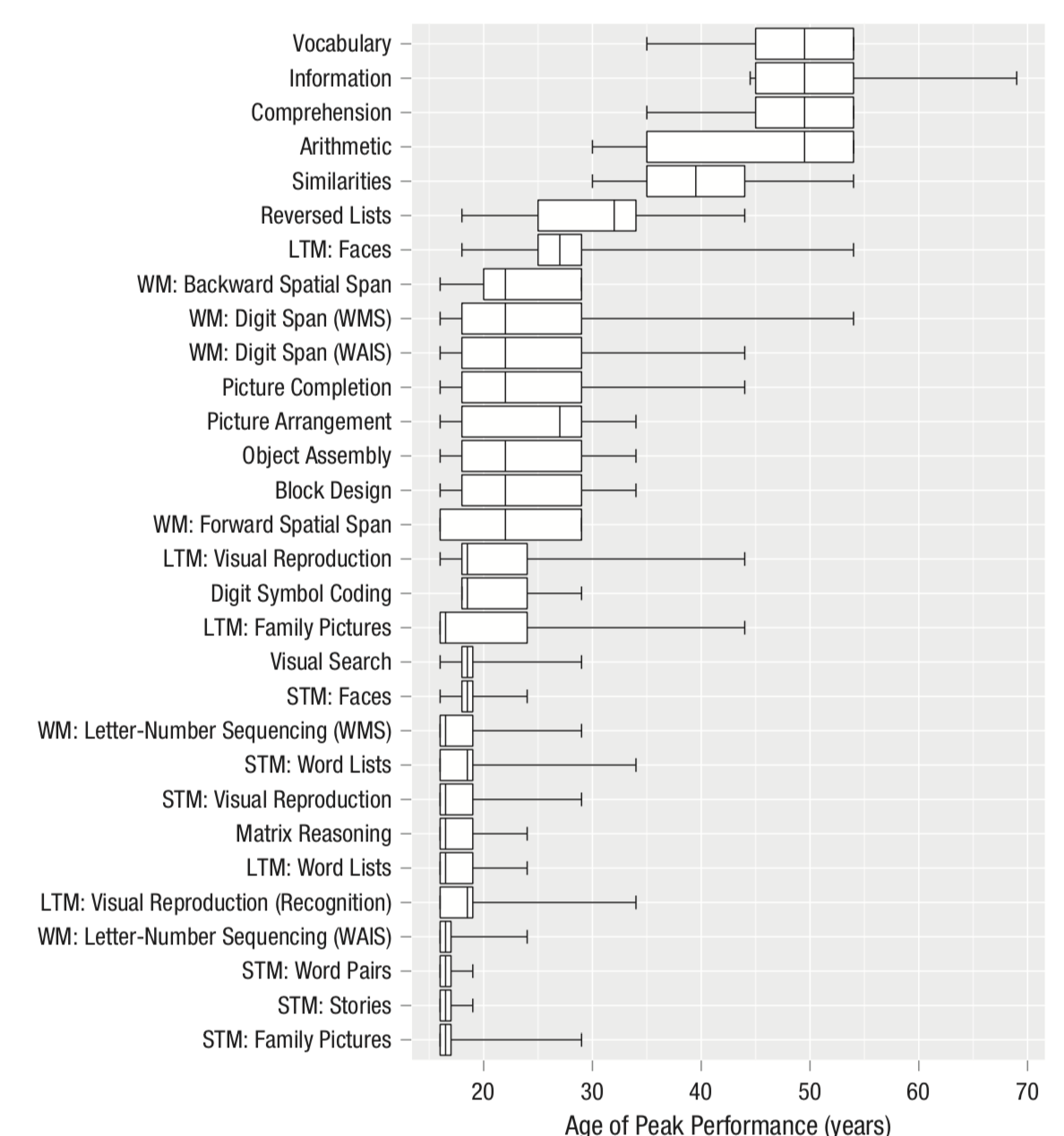Abstract
Objective
To examine the association between periodontitis, diabetes, and prediabetes, assessed by fasting plasma glucose (FPG).
Materials and methods
Workers' Oral Health Study is a cross-sectional survey conducted on a representative sample of the Spanish employed population including 5154 participants (59.5% men, aged 16–65). Examination of periodontal status assessed Community Periodontal Index (CPI) and clinical attachment levels (CAL). Biochemical determinations included fasting plasma glucose (FPG), triglycerides, and total cholesterol. Logistic regression analysis with adjustment for potential confounders was used to evaluate the association between periodontitis and abnormal glucose regulation.
Results
Ninety-five participants (2.2%) of the study population had diabetes, while 373 (8.8%) presented prediabetes. Prediabetes was not associated with CPI or CAL in fully adjusted multivariate logistic regressions models. Diabetes was significantly associated with subjects having a CPI 4 after adjustment for potential confounders (odds ratio OR = 1.9, 95% confidence interval (CI) 1.1–3.1). This association was stronger in subjects < 45 years (OR = 4.0, 95% CI 1.2–12.7).
Conclusion
Periodontitis was associated with diabetes mellitus, but not with prediabetes, in a representative sample of the Spanish employed population. The association was stronger for younger subjects, which emphasizes the need for early detection of diabetes in younger patients affected by periodontitis, particularly because periodontal therapy may help to improve glycemic control.
Clinical relevance
Periodontitis is associated with diabetes mellitus, having at the same time a negative effect on glycemic control. It is important to develop proper early diagnosis strategies for both conditions, particularly in young male adults.
https://ift.tt/2NB02Nh




 Royal Philips, parent company of Philips Healthcare, is showing its new Incisive...
Royal Philips, parent company of Philips Healthcare, is showing its new Incisive... VIENNA - The planned withdrawal of the U.K. from the European Union is due...
VIENNA - The planned withdrawal of the U.K. from the European Union is due...
